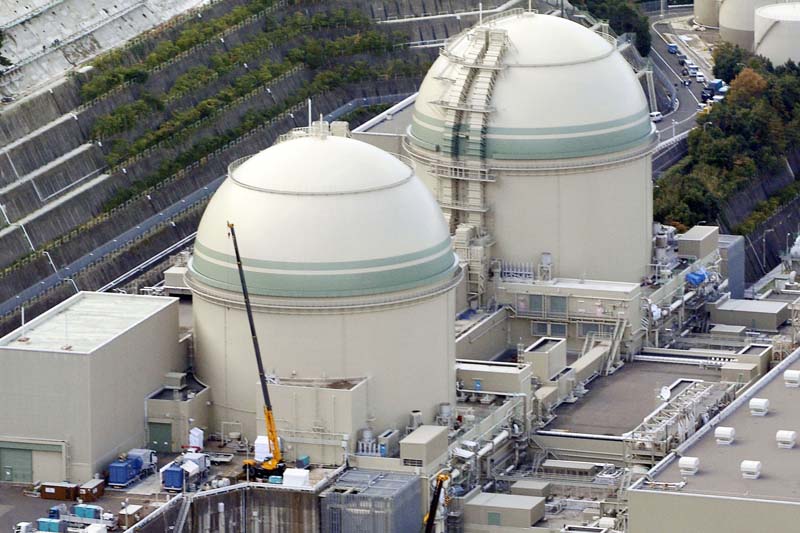Storage of nuclear waste poses threat to US, scientists warn
WASHINGTON: The reluctance of US federal regulators to require operators of nuclear reactors to spend $5 billion to enhance the security of spent fuel rods stored underground threatens the country with a potential catastrophe, scientists warned on Friday.
The Nuclear Regulatory Commission greatly underestimated the risk and potential contamination of a nuclear waste fire triggered by a quake or a planned attack, experts writing in the journal "Science" said.
In 2014, the NRC found the chance of a disaster caused by leaving radioactive waste in storage pools was too remote to warrant the cost of moving it to safer dry casks.
An earthquake that could trigger a radiation leak was likely less than once every 10 million years, hardly justifying the cost of about $50 million per reactor to transfer spent fuel, the NRC said in that report.
An accident at Japan's Fukushima nuclear plant in 2011 was triggered by a tsunami after an earthquake.
"We think the NRC gamed their analysis essentially to get the answer they want," said Edwin Lyman, a senior scientist at the Union of Concerned Scientists and one of the authors of the article in "Science," a magazine published by the American Association for the Advancement of Science.
Michael Schoeppner and Frank von Hippel of Princeton University were co-authors.
On average, such a disaster could force 8 million people to evacuate and cause $2 trillion in damage in the United States, the world's largest producer of nuclear energy, according to the report.
The commission said in a statement on Friday it stood by a staff finding last year that "the security of U.S. nuclear power plants remains extremely robust."
Rod McCullum, senior director at the Nuclear Energy Institute, an industry group, said in an email that there was ample evidence that used fuel at 90 US storage sites was properly managed.
The collapse of a decommissioned tunnel at a plutonium-handling facility in Hanford, Washington, this month was a reminder of the potential risk of storing radioactive material. There was no spent fuel in the tunnel at the time and no indication anyone was exposed to radiation.
When removed from reactors, spent fuel rods are cooled under 23 feet (7 meters) of water. To reduce costs, rods are packed into vaults instead of dry storage casks, scientists wrote. If the water was drained away due to an attack or accident, the rods would burn and spew radioactive fallout.






